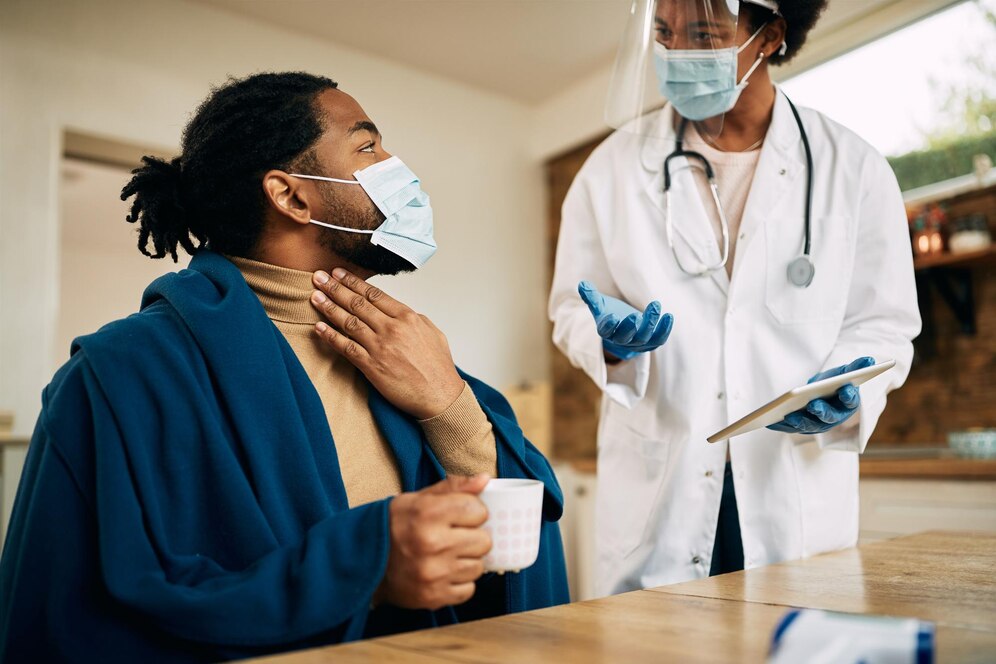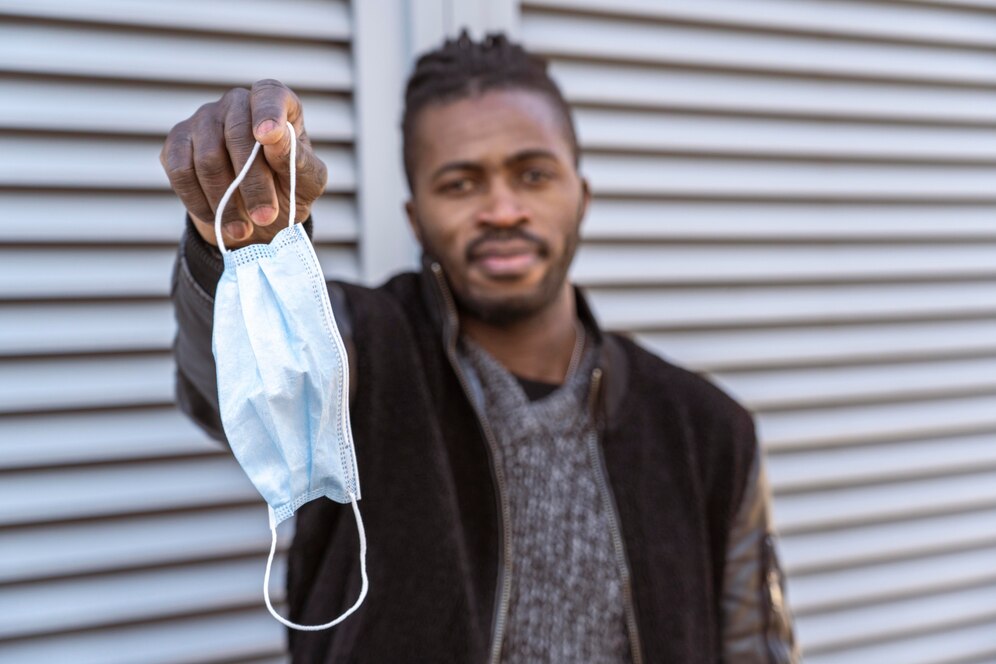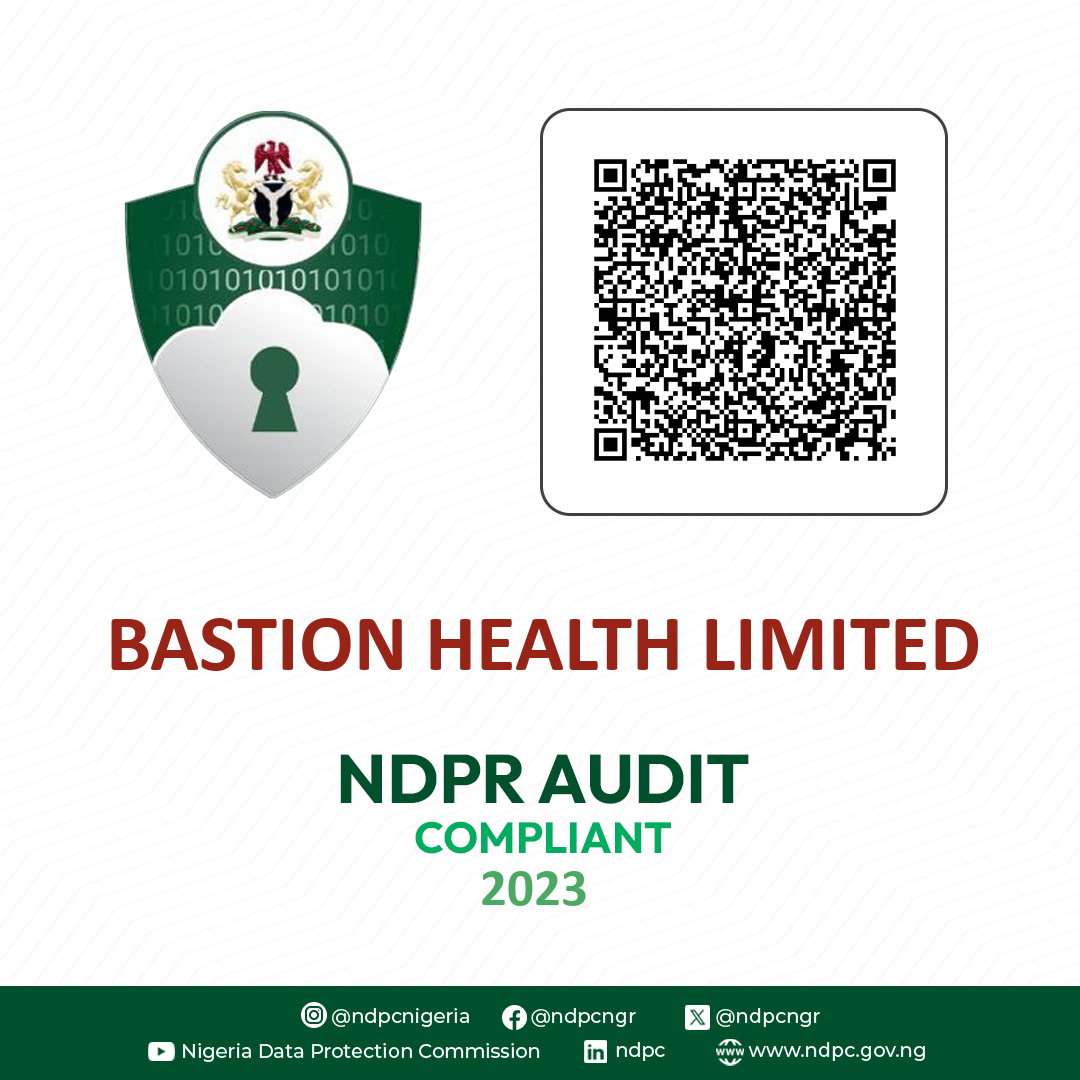David had been a day student all his life. But recently, he just got admitted into a university and had to make the big transition by living in the school hostel. The first six weeks were hard enough because those little red bumps, which he had some days ago, seemed to increase in size. Whatever this itch was, it was not from a mosquito bite like he had thought earlier. The itch was so unbearable at night, and by now, some of the rashes appeared to be filled with pus. Does he have an infection?
What is scabies?
It is an itchy skin condition that occurs when a person is bitten by a female mite. Mites are not insects rather they belong to the same class as ticks and spiders. They are called arachnids. Scabies is a highly contagious infestation that spreads through physical contact with affected persons and sharing of affected individuals’ belongings, among other things.
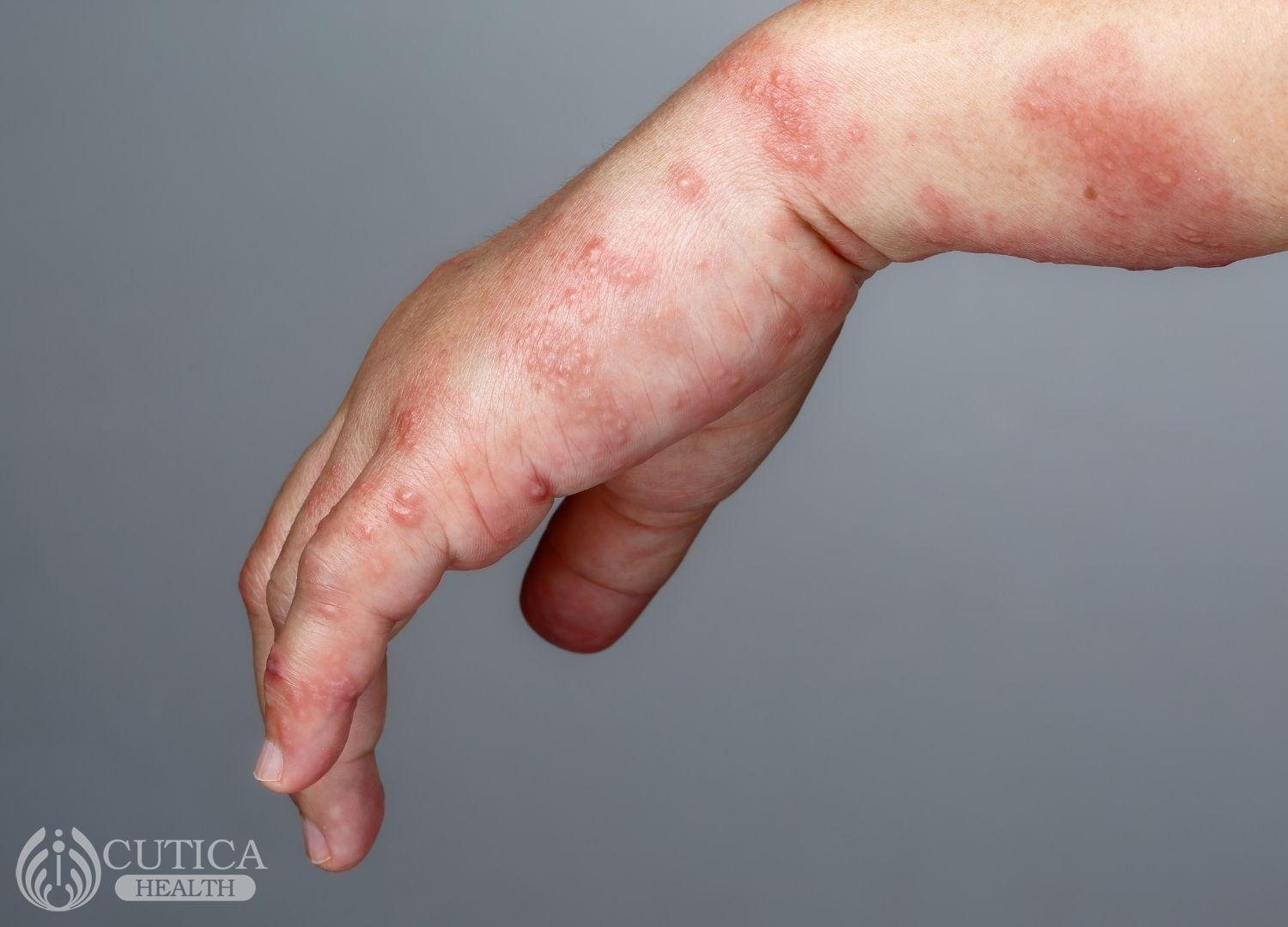
Favorite spots scabies mites live include:
- Finger webs (between fingers).
- Breasts or genitals.
- Around waistline and navel.
- Face, scalp, head, hands, soles of feet, and neck in children and people with compromised immunity.
- They are also found hiding in clothes and bed clothes of infected persons.
Signs and Symptoms: Do you have scabies?
Intense itching: This is the most characteristic symptom of scabies. It usually takes about 4-6 weeks for a person who has contracted the bug for the first time to experience itching. While it takes less than a week for someone who has had scabies before and got treated to experience itching when re-exposed. People with scabies describe the itch as being worse at night. Although mite bites and mosquito bites look similar, it is this intense itching that sets them apart.
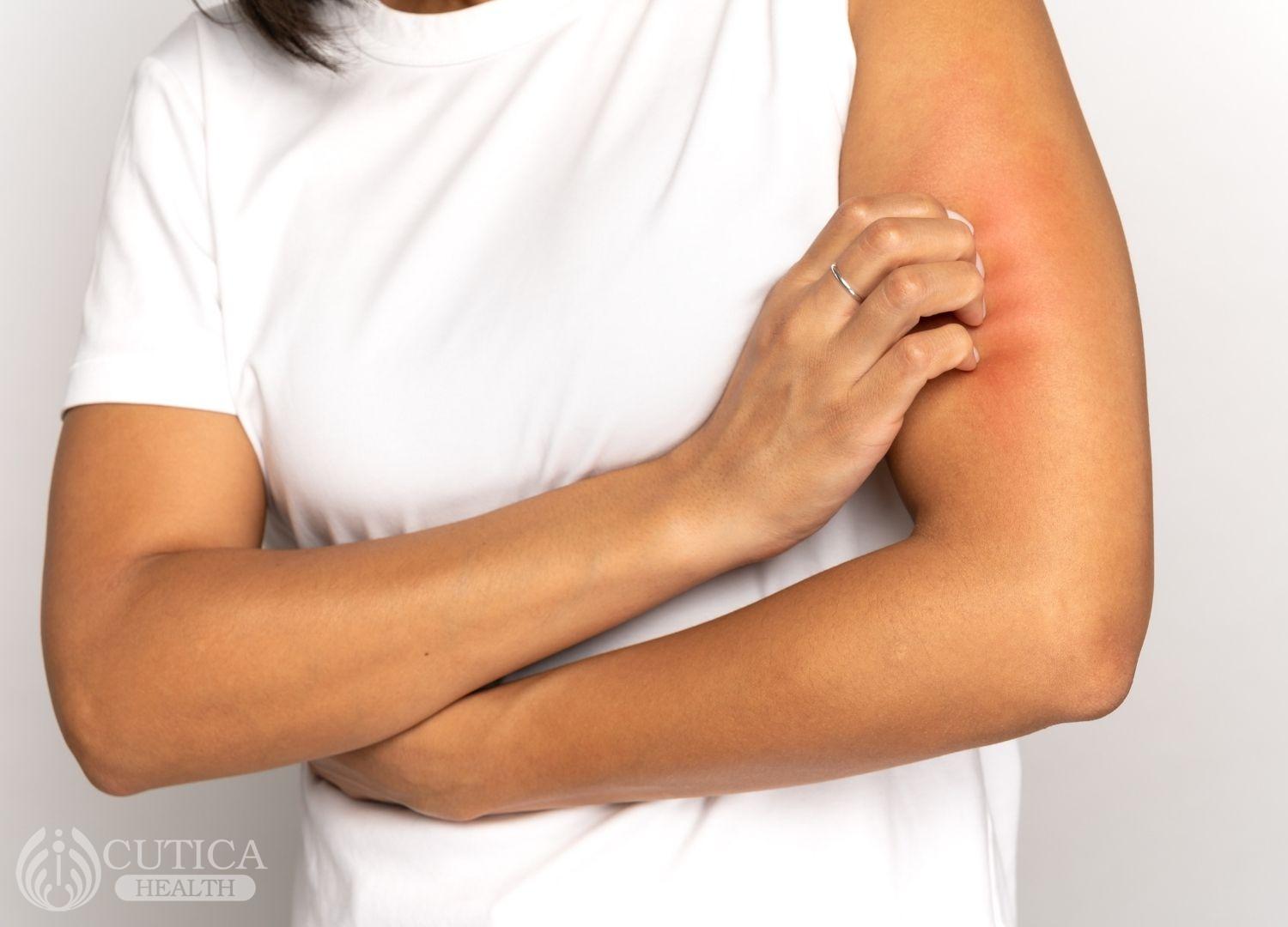
Rashes: The rash can present as a tiny bite, a plain bump, or a pus-filled pimple-like bump. The areas marked by the bumps also tend to present with redness. The mites also dig tiny holes within the skin surface where they lay their eggs. This sign, however, isn’t seen in everyone with scabies.
How is Scabies transmitted?
Scabies can be contracted through the following routes:
- Direct, prolonged skin-to-skin contact with someone that has scabies; e.g., sleeping on the same bed with affected individuals and sexual contact.
- Sharing of clothes, bedding, and towels.
- Health workers may get scabies from affected patients due to the high duration of contact.
Prevention: How not to contract or transfer scabies
- All laundry should be washed with hot water.
- Avoid sharing clothes or bedding used by someone who has scabies.
- Avoid skin-to-skin contact with someone who has scabies.
- Health workers should follow the standard (precautionary) measures when treating patients that have scabies.
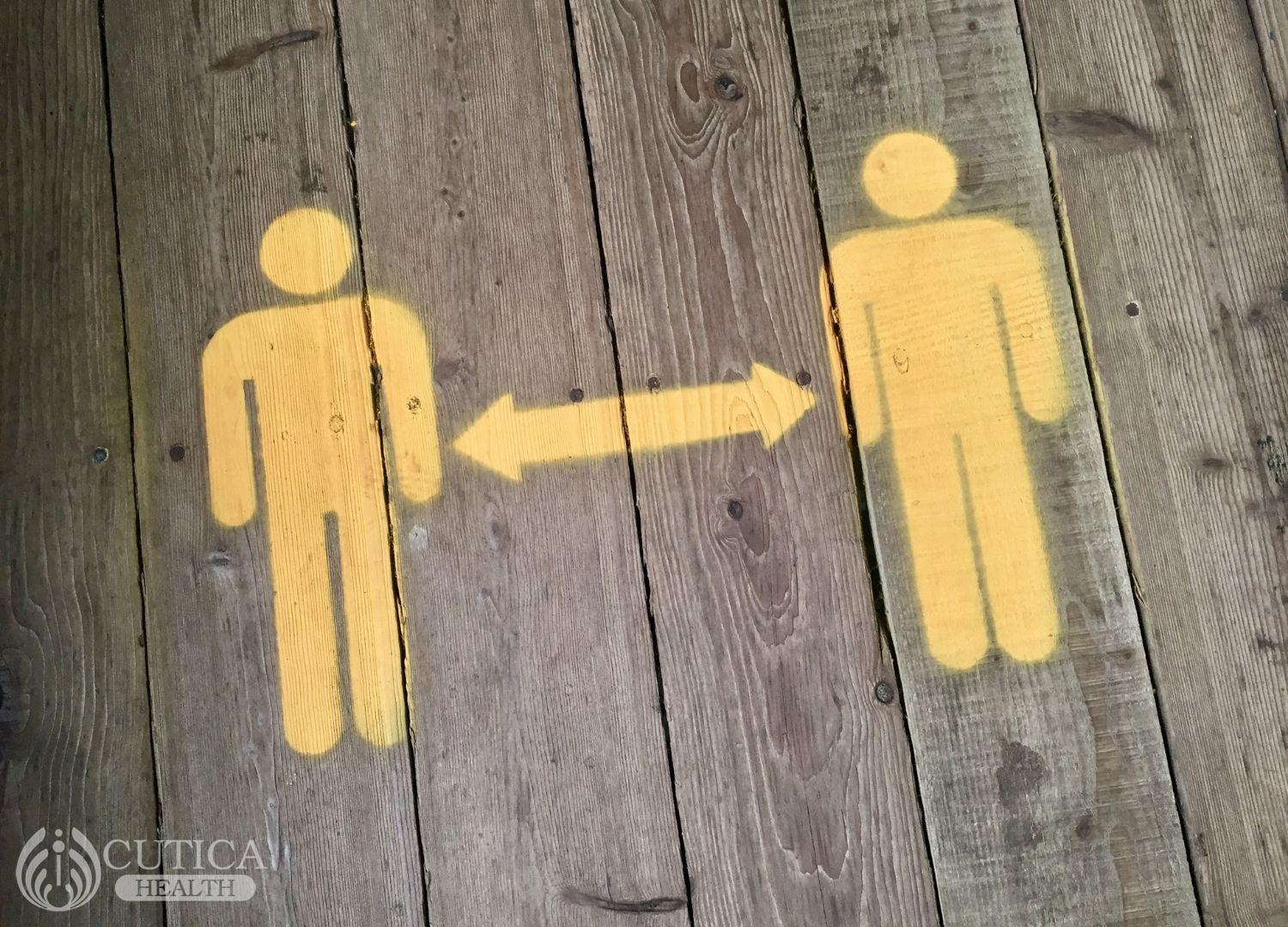
Treatment
Your doctor will prescribe certain medications called topical anti-helminthics to apply all over your body for several hours before you rinse it off. The medication eliminates the mites and their eggs hiding within the skin burrows.
Further, your doctor will also prescribe anti-itch medications, such as Benadryl, to deal with the itch. In severe cases, your doctor may add oral anti-parasitic drugs to help eliminate the mites faster.
Besides medications for treating scabies, you need to comply with the above preventive habits to eliminate the bug from all its hiding spots and make the infection go away faster.

Scabies is a highly contagious parasitic infestation, which presents with intense itching and widespread rashes. The first step in fighting the infestation is defense; you need to eliminate potential hiding spots of the mites by washing your clothes and beddings in hot water and avoiding skin-to-skin contact with anyone who is infected with the condition.





